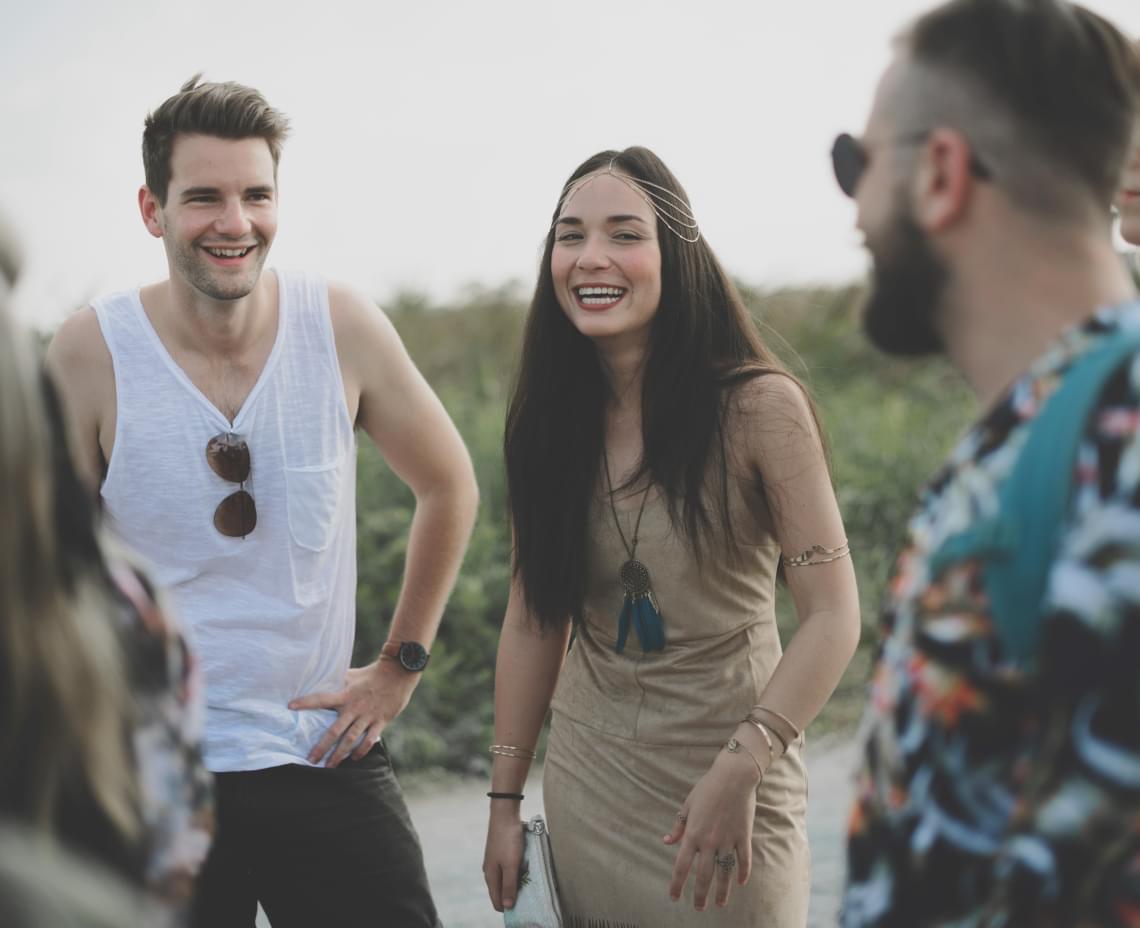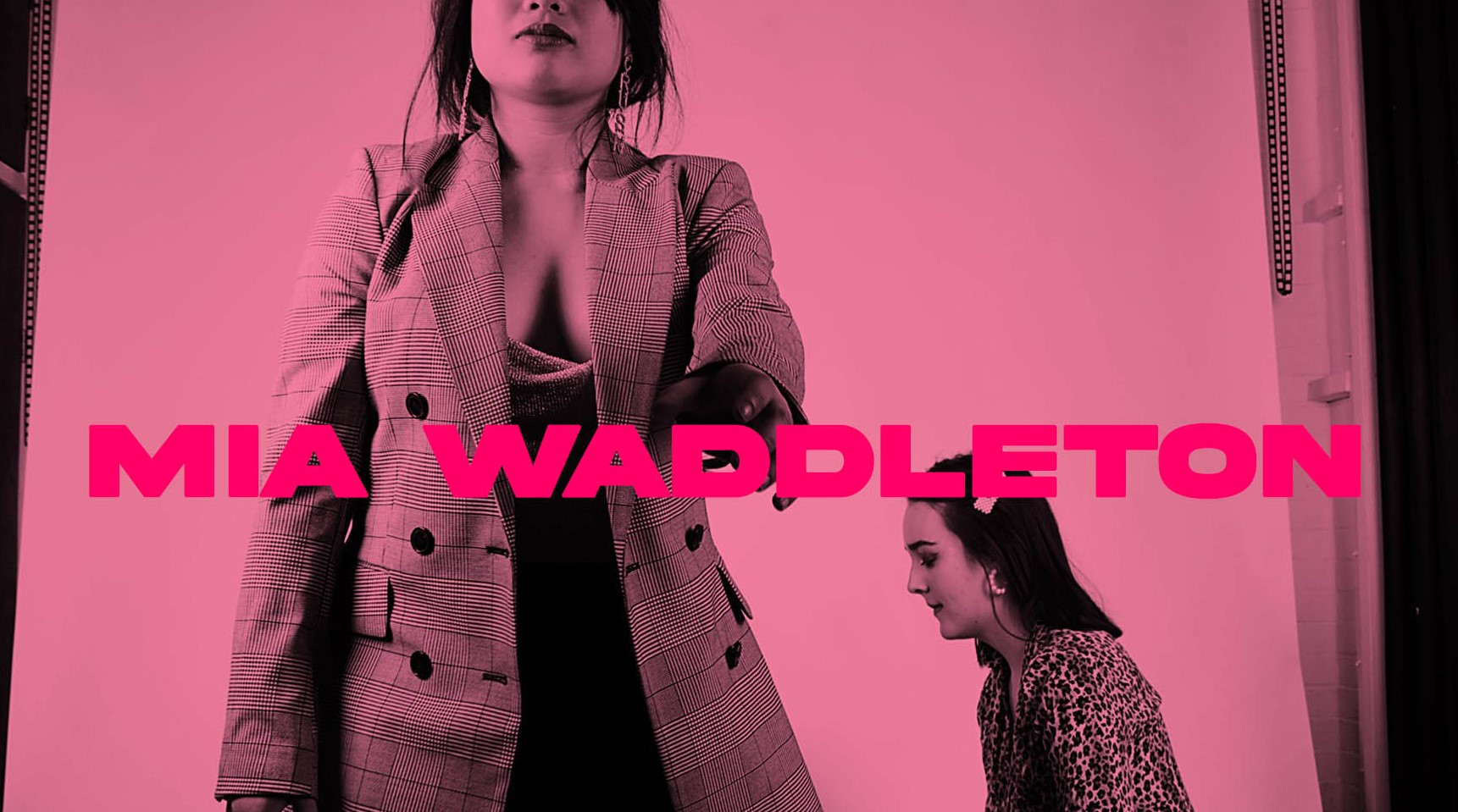

I am Mia Waddleton, I currently study BA (hons) Fashion Communication full-time at Northumbria University. Previously I was awarded a Distinction UAL Extended Diploma in Fashion at The Northern School of Art. Being focused and driven in what I do means I constantly seek new opportunities to expand my experiences. I believe a key part to having an enriched life is delving into history, news and visuals. I am fascinated by the human experience and the role fashion plays in this, due to this I am extremely interested in the communication of fashion. My main skills lie in photography, styling, editing and communication. However, I love to explore new pathways and get out of my comfort zone.
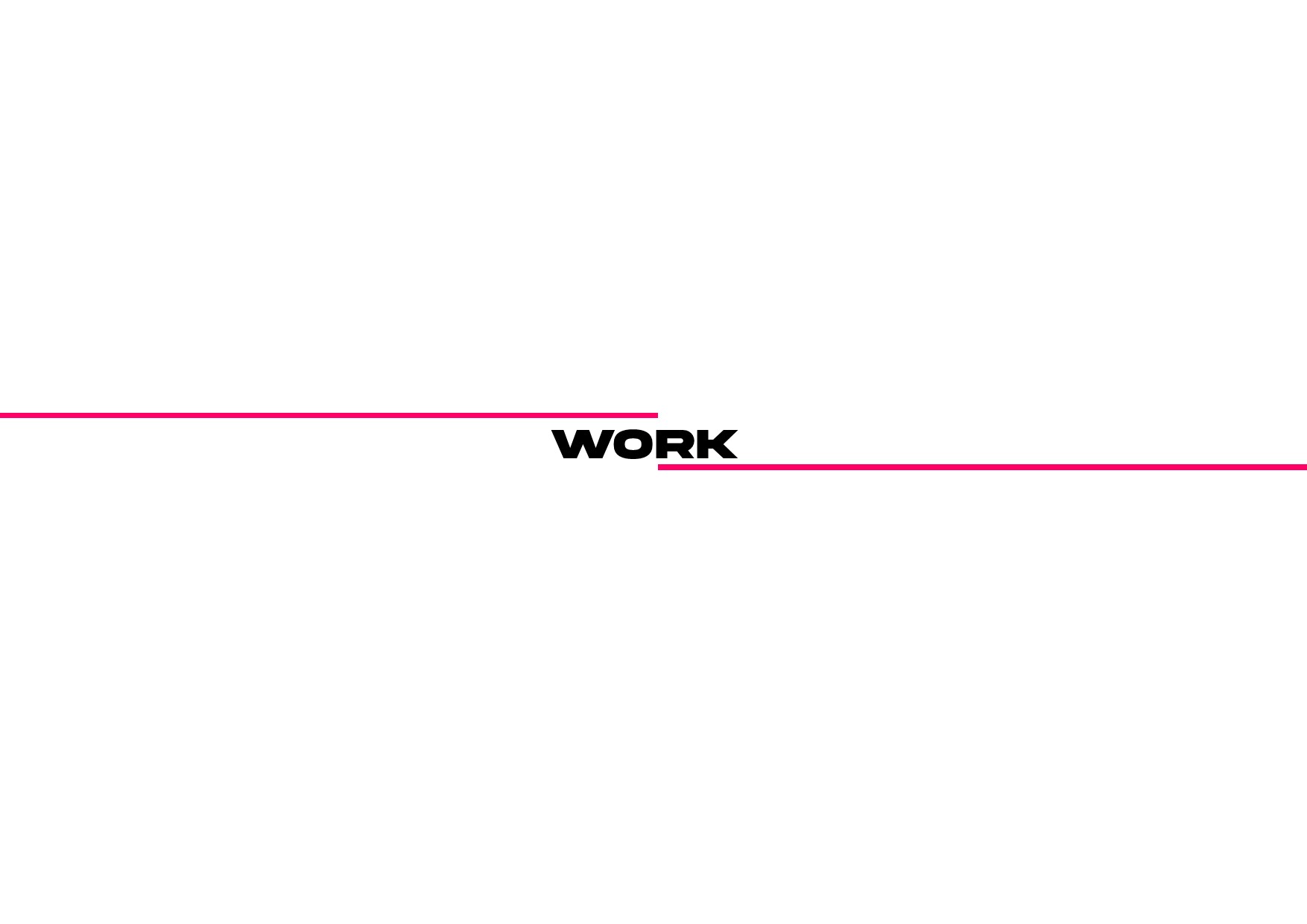
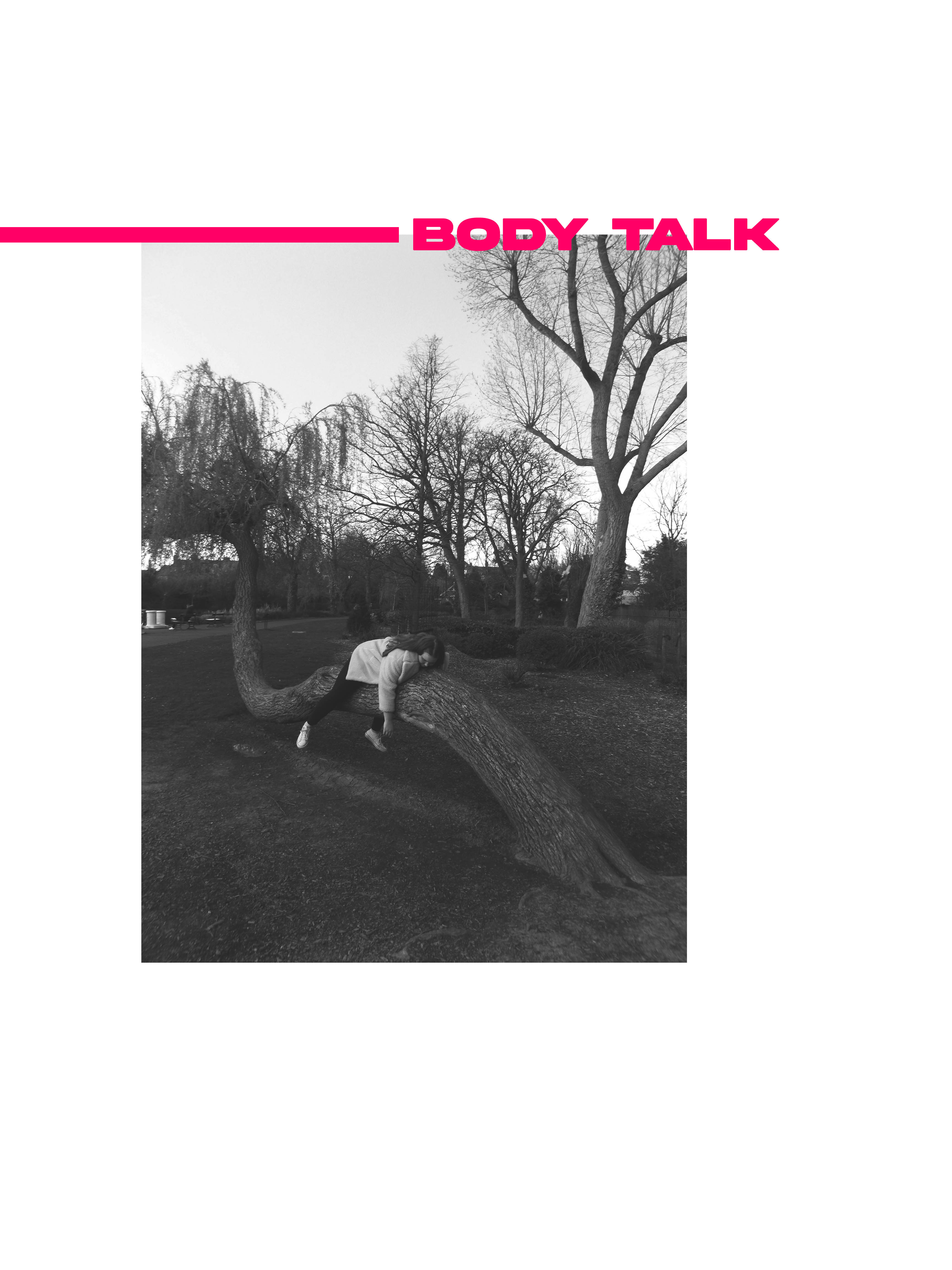
'BODY TALK' was a zine i created AS A FINAL PRODUCT FOR MY FEMALE FORM PROJECT. focusing on the impact of fashion on female body image and how people respond to this. I twisted the term 'boy talk' to highlight that women and their thoughts are much more than stereotypes. I CAPTURED MY SUBJECT IN A NATURAL SETTING SO IT WOULD ACT AS A REMINDER THAT WE ARE ALL NATURAL BEINGS.
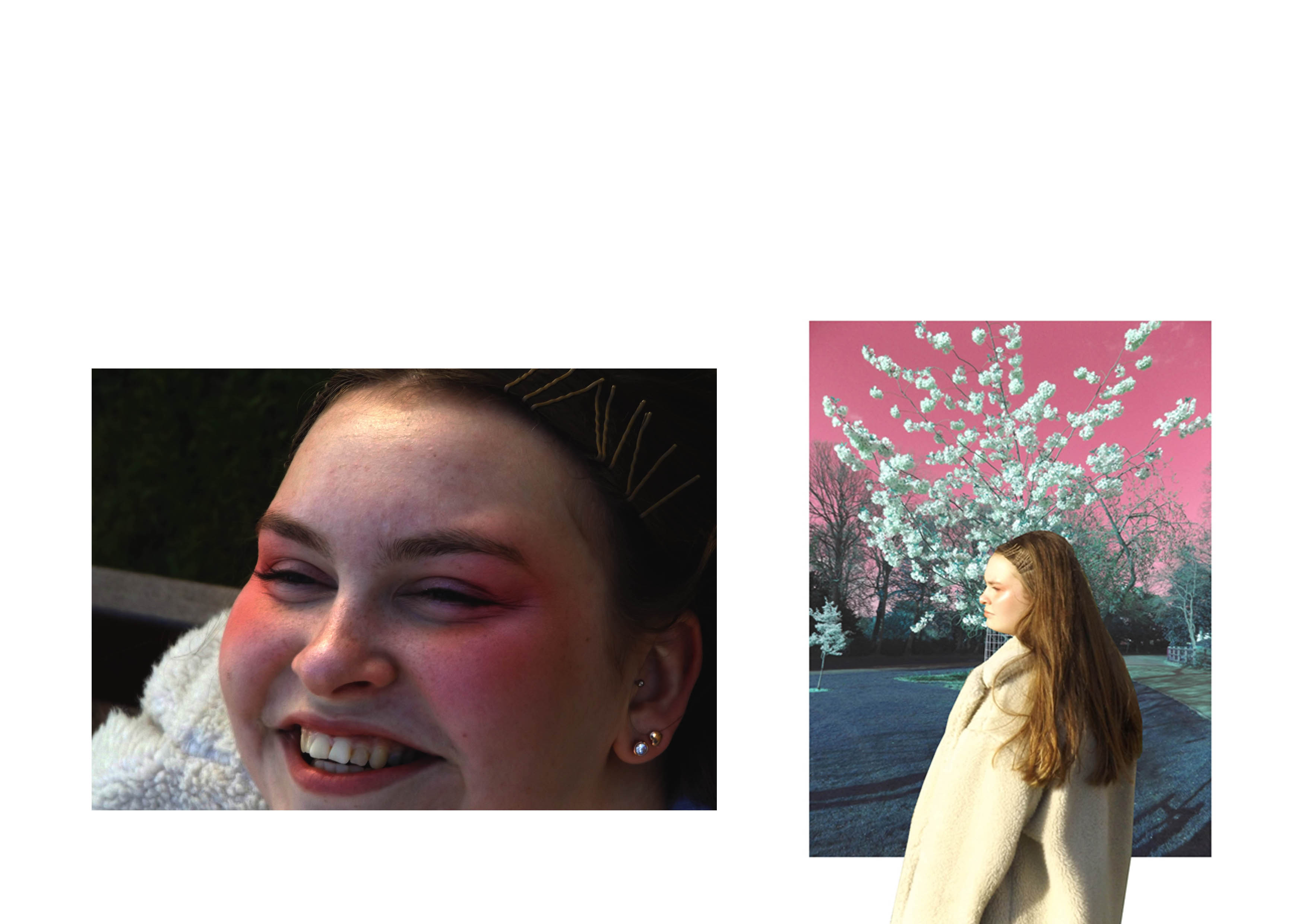
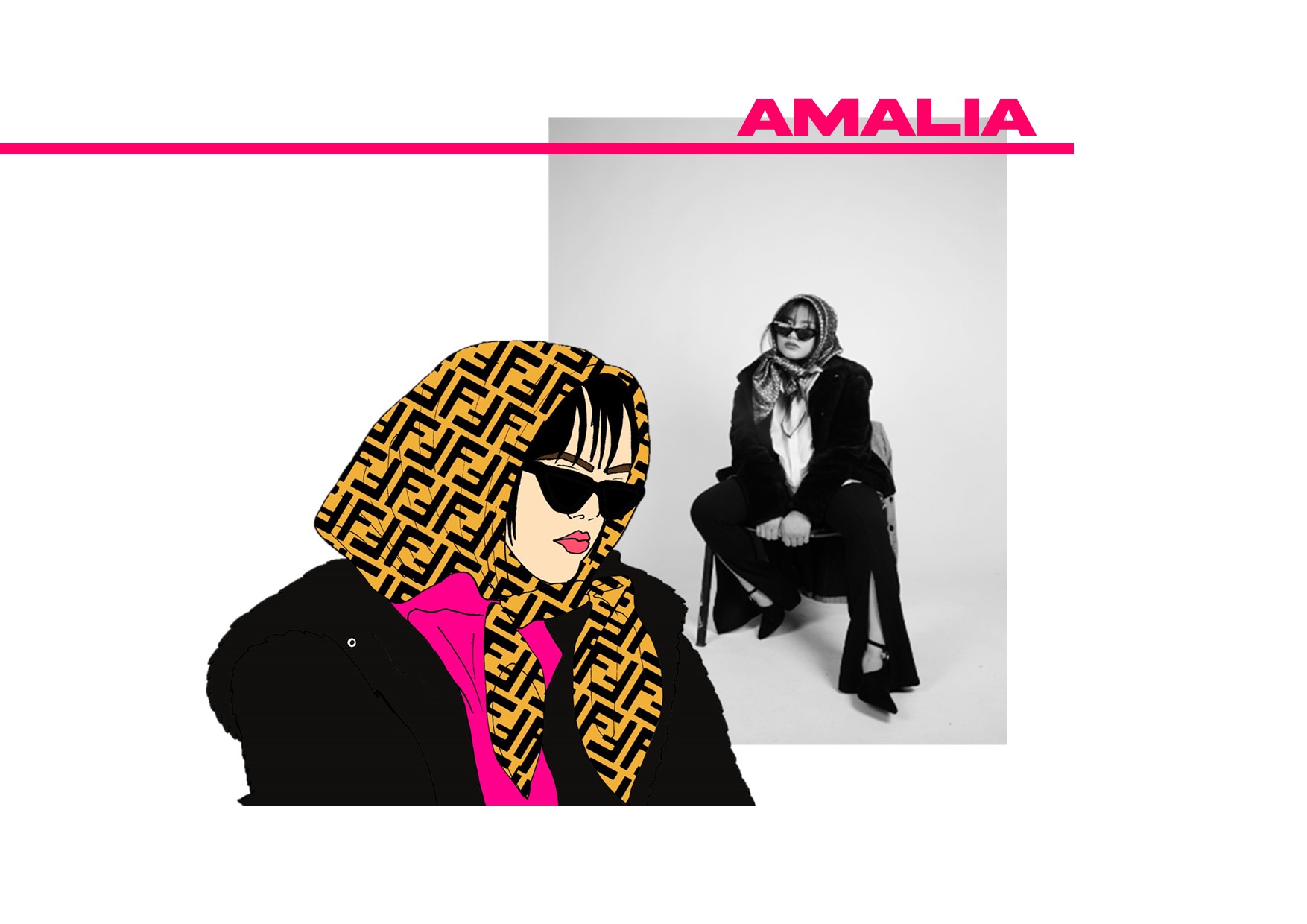
AMALIA is a fashion brand I envisioned and promoted through a variety of ways FROM posters TO business cards TO stickers. ‘Amalia’ is a name of Hebrew, German and Italian origin that means ‘work’. My brand was targeted towards women between 20 and mid 30s who had an extremely strong work ethic yet wanted to have fun on the side. DUE TO THIS I SHOT A GROUP OF CONFIDENT WOMEN, representING thEIR CONTRAST BETWEEN BUSINESS AND PARTY through the styling AND settinG.

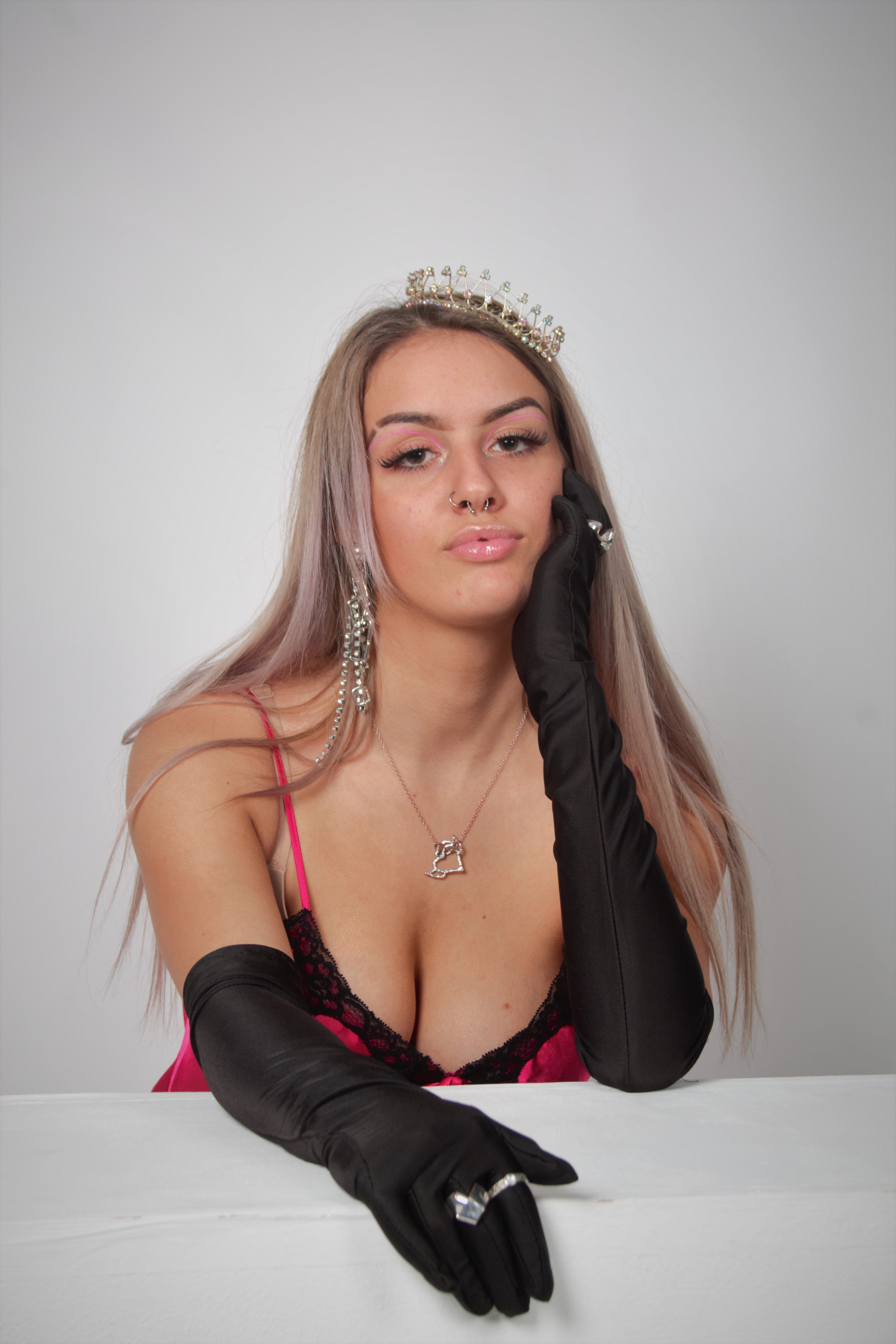
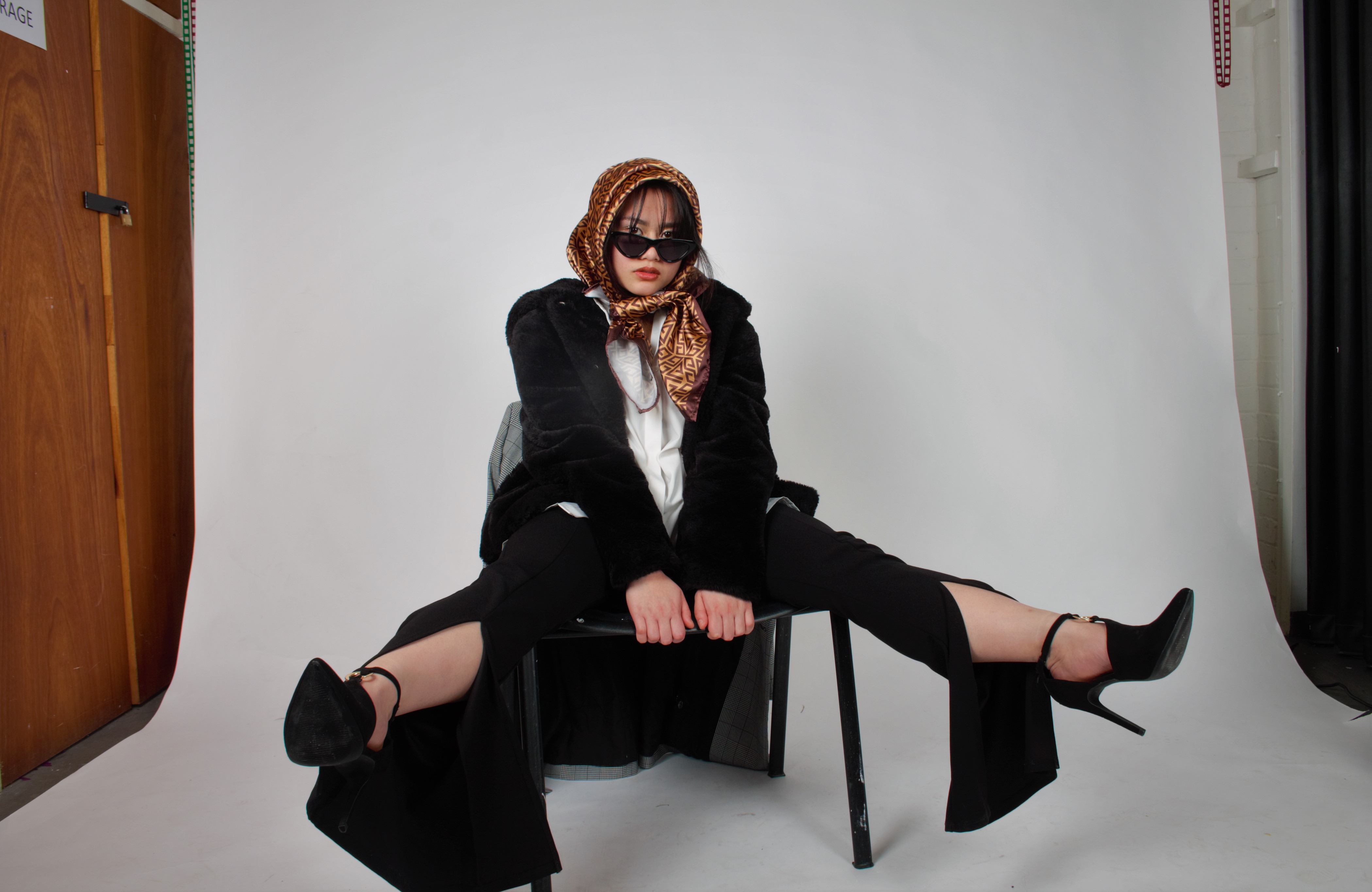
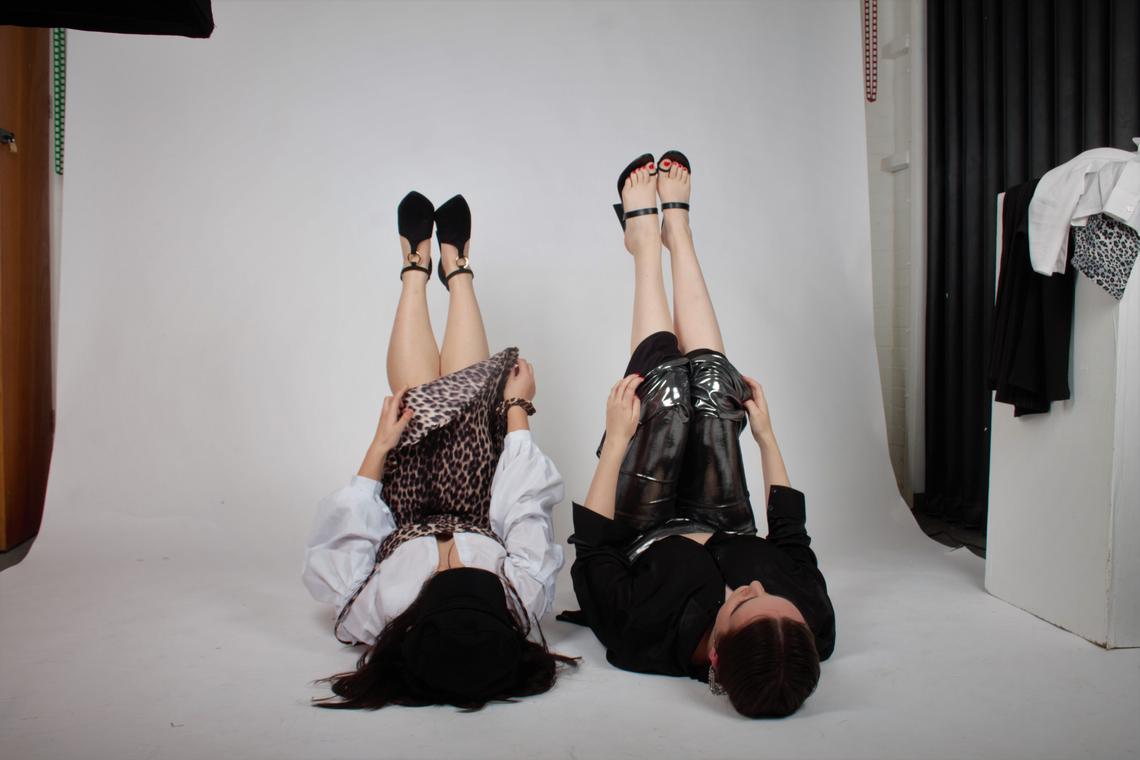

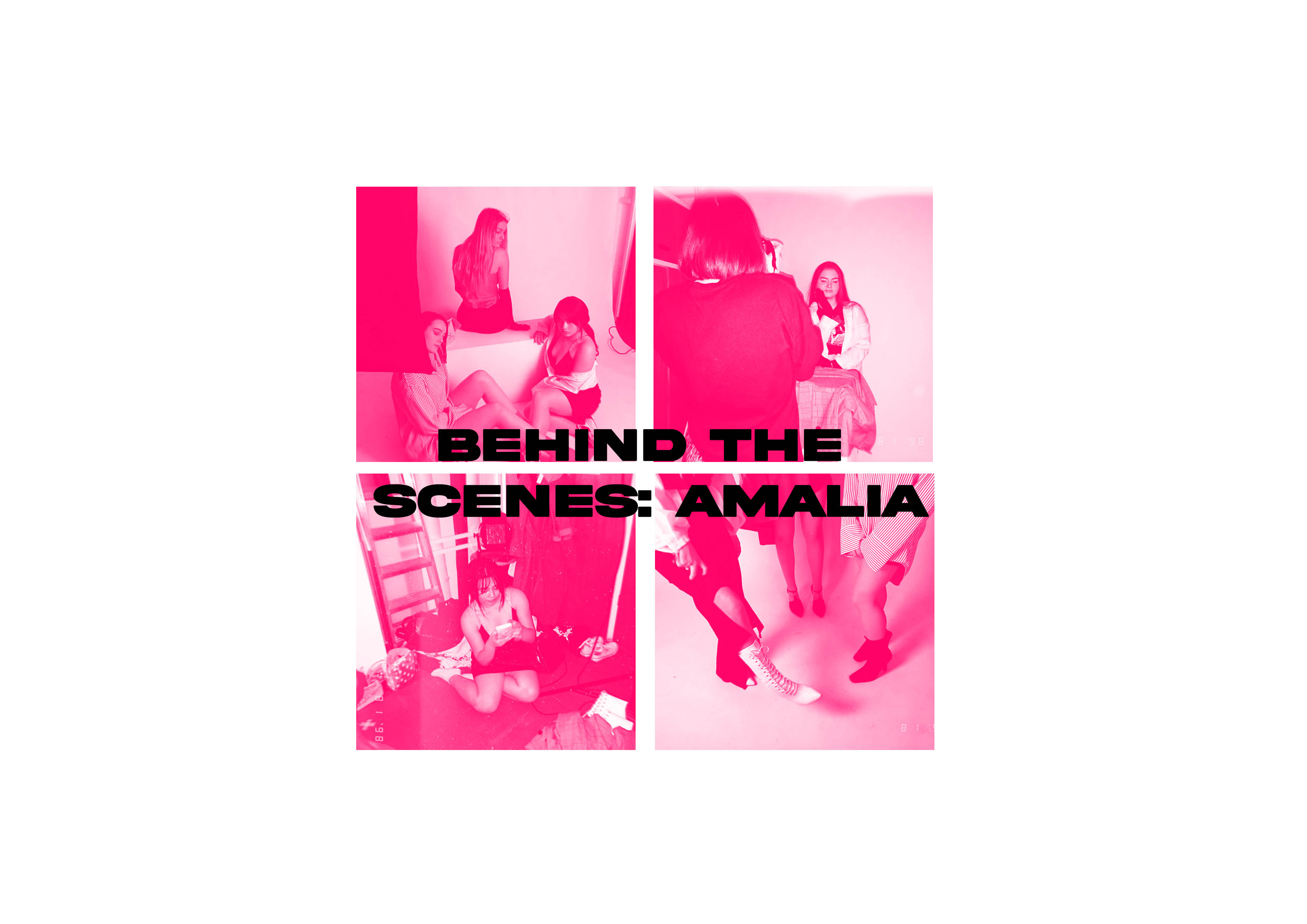
The morning started sat at the bus stop, out of breath, red in the face and clutching onto two huge suitcases that looked like they were about to burst at any moment. It was not the best I’ve ever looked. I must have packed them and repacked them about ten times in the past couple of days making sure I had everything I needed for my photoshoot, the right eyeshadow palette, both earrings, multiple pairs of heels. I’m a perfectionist so I needed to have everything right. My bus finally arrived, and the walk down the aisle was slow, trying not to take everyone out as I walked past. I sat very close to the front that day.
As soon as I got to my college I went straight to the studio, having booked the biggest one for the entire day. I planned to take my time and have fun with it. Yet it did not take long for something to go wrong, as I was told the smaller studio was the only one available. So much for a booking system. However, I quickly adjusted my plans. My four models and I squeezed into this extremely slim room setting up the photography equipment and getting the first outfits ready.
Since my brand ‘Amalia’ was targeted towards an audience of young women from 20 to mid-30s who had a strong work ethic, yet loved to have fun, I styled to suit this image. This meant that I mixed classic work wear like blazers and shirts with something that was more after hours. The work wear contrasted yet worked well with knee-high lace up boots, smeared glitter eyeshadow and fluffy tops. It was a rush of adrenaline, styling these girls as if they were my real-life dolls. Although my models were around eighteen years old, they straight away fit into the image of my target audience.
Inspired by I.Am.Gia’s e-commerce photography I started with solo shots. The models held straight faces and stood tall against a white background as their little handbags slightly swayed in the hand. This style of photography helped get them more comfortable and test the shoot was exactly the aesthetic I wanted. But in my work, I think stranger the better.
I quickly went into more editorial shots with my models posing with their legs in their air or sprawled across this white box we had found. The atmosphere of the shoot was something never experienced before. It was bubbling with creativity and beauty as the models bounced off each other. This was their first-time modelling and there was no space for awkwardness or embarrassment.

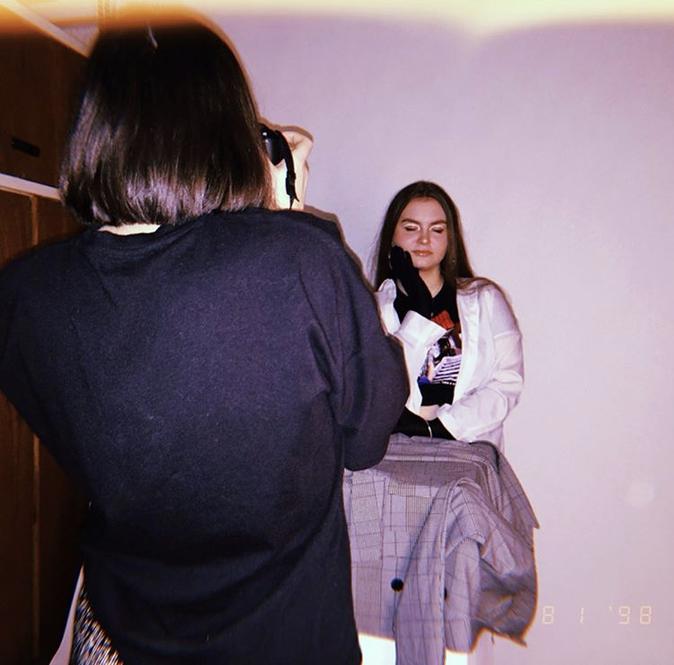


Taking advantage of a smaller studio, I took many shots with the background included. This made for more personal photos. I feel including the set brought out that ‘feel good’ attitude of Amalia, backing up the work hard yet have fun brand ethos. It made the brand feel expensive and lively, adding a personality which in today’s society helps brands advance further.
Two girls laid on the floor holding hands as I stood above. The shimmer of one top blending with the sheerness of the others shirt. Time was running out to the end of the college day, so to close the shoot I took all the clothes and threw them on top of the girls. Laughter followed, yet the way the hot pinks hit against the animal print and the fabrics flowed together made the image jump out. Their faces stared directly into the camera, for as fun as the image was their eyes were deep. Every girl has had to deal with the mess of her room after getting ready for a night out. The abundance of dresses and tops thrown aside as they were not quite right. This image shows that, and it was the perfect finish.
After uploading the photos all of us could not stop going back to them, I remember one of my models turning to me and saying, “I felt so confident and had so much fun.” In that moment I knew, the Amalia brand was perfected, that is exactly the experience I wanted for the audience.
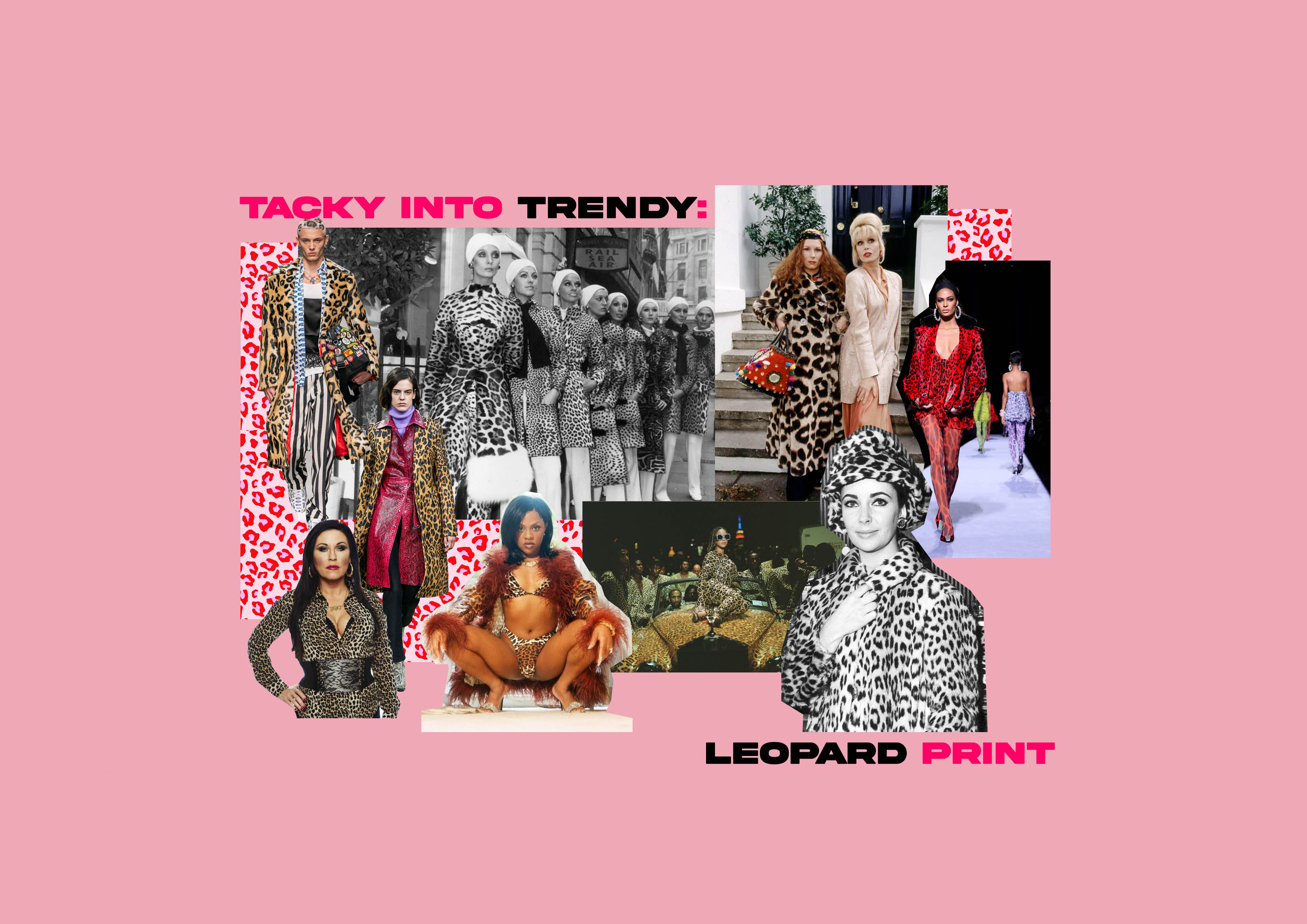
Within fashion there are trends that shine quick and bright then are hated two months later. Then there is the timeless trends, the ones that always work no matter when they pop back into the timeline. They evoke different emotions. One trend that people loath or love is the leopard print. This print evokes a reaction. From it’s arousing, sophistication or possibly trashy and trampy reputation.
The leopard itself is a large carnivorous predator, in the big cat family. They are extremely graceful and just like it’s close relations, the lions, jaguars and tigers, it is beautiful. However, it’s their spotted print that has wrapped itself around the world, booming in popularity the last year. But it is engrained in fashion history, dating back as early as the Egyptians, where an Egyptian princess is depicted wearing a leopard gown on an Egyptian stele.
It was not until the 1920s, with popular stars like Josephine Baker helping to make this print a sign of luxury and status, that leopard print was properly introduced in fashion. Flapper girls also loved real animal print fur coats. This coat highlighted you as a woman of expensive taste and these fur coats are still extremely popular today. However, faux is most accessible as killing animals for their skin is no longer socially acceptable. The Roaring 20s woman was a powerhouse of sensuality and fun, yet often were bashed by others for having this ‘let loose’ attitude. This mentality is engrained in the leopard print essence.
In 1947 Christian Dior adapted the print for his Spring/Summer 1947 collection and the trend flourished. Especially from the 1960s and onwards with matching accessories, coats and bottoms being available. Today, respectable fashion houses such as Versace, Yves Saint Laurent, all put various colours and layers of leopard print down the runway. High-street brands also sell items of the trendy print at a cheaper price, even going into our homeware, bedding, slippers and so on.
Arguably we get aroused and excited by leopard print, as much as people might think nothing of it, we have physical reactions to things without even realising. Jo Weldon, author of 2018 book ‘Fierce: The History of Leopard print’, points out that many people’s pupils dilate when they see the print.
“It’s the same kind of dilation that you see in both arousal and fear,” she says. “Scientists have called it the ‘misattribution of arousal’ when you see something you’re afraid of and you have the same physical sensations and you associate it with arousal or excitement and not just fear.”
This is potentially what draws so many people into the print, we unconsciously associate it with sex appeal. However, the leopard print has an ever-changing reputation due to this. It can be regarded as expensive, sensual, and powerful but then on the other hand can be seen as cheap, tarty and crass.
The majority of the British public will know who Kat Slater is. She is a classic character on the British soap ‘EastEnders’ most likely to be shouting on the streets wearing leopard print upon leopard print. Her character is meant to be a sultry, loudmouth. For example, one of her well-known scenes is where she yells “I became a total slag!”. Yet you grow to love her as a viewer. Her trashiness is meant to be shown through her costume and she is rarely seen without her leopard print coat, showing how the print can be used with negative connotations.
However, you then have acclaimed American singer Beyoncé in her 2020 film ‘Black is King’ perched upon a leopard print car, in a skin-tight leopard print leotard, surrounded by men in matching leopard print suits. This image grabs you in, you can feel how expensive it is and how Beyoncé is portraying power. This is fashion’s biggest contradiction, is leopard tacky or trendy?
The reason leopard print is a constant trend is because it arguably suits every person, compliments every skin tone and can be dressed up or down easily. At the end of the day, every human wants to feel confident in what they wear and leopard print allows you to do this. Just like how a leopard is seen as beautiful and strong, humans have a thought process that they will gain these attributes when the print is worn. Whether you think it is tacky or trendy depends on your unconscious thoughts, but no matter what it is a tool of confidence.

It’s the year of 2020, we’re the most advanced we’ve ever been within technology and science, there’s a global pandemic that has shifted the world for just short of a year, a new US president has just been elected and so on. This year has an abundance of developments and a mass of people are arguably the most open minded they have ever been. Yet ‘masculinity’ and egos are as fragile as ever.
On November 13th, 2020 Harry Styles made US Vogue history, appearing as the first solo man to ever appear on the cover and he did this in a skirt. Styles stood upon a prairie wearing a Gucci puffy tiered dress, with the bodice sitting slightly low showing of his iconic mirrored bird tattoos and an open black blazer for a finishing touch. Whether you are a fan of him, a fashion follower or someone who just has social media, everyone was transfixed on this feature. Many only had thoughts of praise and awe. However, others took to social media to bash Styles, demanding that ‘manly men’ need to come back. “There is no society that can survive without strong men,” shared Candace Owens, a conservative commentator, on Twitter “bring back manly men.”
What even is a manly man?
Is a manly man someone who can break rocks with his bare hands and lives off a diet of beer and raw meat or is it a man that works a 9-5 and secretly enjoys watching The Notebook? The ‘manly man’ does not exist. Humans created this limitation within gender, thinking it was the right way of life. But life changes, the people change and perhaps everything in life is a whole spectrum. Not limiting yourself to traditional boundaries could possibly help you grow as a person, creatively and mentally.
Some of the greatest artists played with the idea of gender. For instance, David Bowie was a leading figure within the music industry. He did this while dressing up in suits, heels, dresses and skin-tight jumpsuits. One of his most recognisable looks is a painted bold lightning bolt across his face. This experimentation with clothing and make-up added to his sex appeal and charisma. The late 1970s saw a wave of a new sub-culture named the New Romantics. This youth culture was flamboyant and fun, with men wearing make-up and ‘gender-bending’ within their clothes. In 2020 we have leading make-up artists, fashion designers, TV personalities etc. that play with this idea of gender and fashion, like Marc Jacobs, who regularly wears dresses and skirts to events.
Gender outside of science restricts our creativity and our personality. Societal constructs are looked upon as if they are set in stone, but these traditions need to change. The way of living is changing constantly, thoughts and mindsets are developing and allowing space for new beliefs to blossom. If there is any industry that has to follow this, it is fashion. Fashion too is constantly changing, the industry needing new ideas to keep up with its people. Androgynous style has been a regular reappearance within fashion, with some of the biggest female style icons in the 1920s often wearing suits like Marlene Dietrich and Jean Arthur. Now it is common for women to wear clothes that were once deemed only masculine. For instance, in the past women were restricted to wearing corsets and big dresses. It was not until the 20th century that it really caught on for women to wear trousers too. This is extremely strange to think about, as now it is a norm to throw your trousers on in the morning, but this just shows how fashion changes.
Clothing is a pattern, a fabric an idea. It does not hold a gender until someone caters it towards a specific gender. This restriction is due to human mentality. Clothing is a way to express yourself and showcase your personality, allowing your confidence to grow. Restricting this to something that is stated to be towards your gender is extremely limiting, men in skirts makes them no less of a man. If anything this confidence and experimentation with style is extremely pleasing and desirable. Fashion is arguably an art form and you are the canvas, no matter gender.
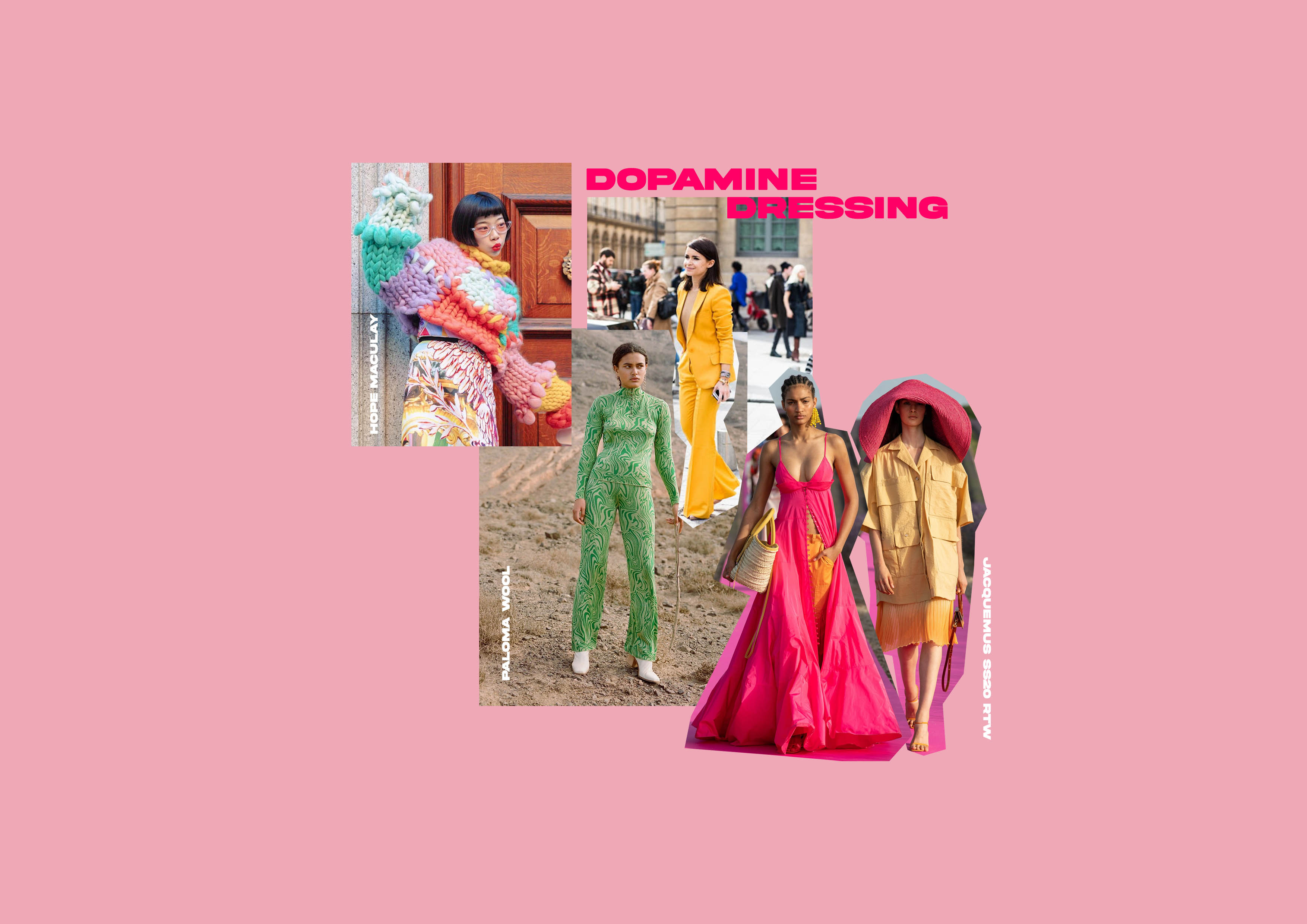
Fashion is psychological, it has to be to work. The whole industry works around the idea of how consumers will react to a certain colour, fabric, shape etc. To explain, fashion psychology is the study of fashion against human behaviour, which is greatly important.
A pyjama day never feels as good as the thought. The grogginess of sleep weighing you down in your clothes, but when you get washed and changed it feels uplifting. The excitement of finally wearing the dress you have been saving for the right occasion, the way if something does not fit slightly right it can ruin your whole day. Your brain reacts to what you wear without you even realising.
So, this brings in the question, can we dress ourselves happy?
Dopamine dressing is the idea that considering colour and fun elements when you get dressed can lift your mood. People may think this concept is crazy, how would a piece of fabric impact your mood so much? I think society often forget that they are just humans with a body and mind of their own. We are not going to understand everything, this is why you should look at yourself and your clothes as a relationship.
Fashion Psychologist Dawnn Karen author of Dress Your Best Life goes as far to prescribe people certain elements. In an article by Rosana Lai for Hong Kong Tatler, Karen states that she prescribed wearing the colour yellow in every outfit for a physician who, at the time was treating COVID-19 patients, and was feeling extremely depressed. “Within days it brightened her mood,” this is bizarre on first read but it makes sense.
Yellow is a ‘happy colour’, would wearing this act as a reminder to remember things will be okay? Now, each colour holds its own connotations and depending where you are from this could change too. Black is for mourning in Britain but then white is in China, so arguably a wardrobe full of black would be more depressing for someone in Britain than in China. Red is quite a sultry and dangerous colour, so this colour surely would make you feel more confident and attractive. Each colour holds its own thoughts for each individual, but I believe true ‘dopamine dressing’ goes further than colour.
It is a common thought that “you should wear your clothes, not them wear you,” and it’s assumed this is meant about sizing and fit but what if it has deeper meaning than that? What if it’s due to the emotions you gain from an outfit? Say if you chose to wear an outfit and then spend the whole day regretting it. This is letting the clothes wear you, dictate how you feel.
When you get dressed, you should be having a thought process. Asking yourself about does this colour make me happy? Is this pattern is satisfying to look at? Does this fabric feel nice? All these questions make a relationship between yourself and the clothes, leading to you wearing the clothes not them wearing you. We have all been walking past a reflection in a rush, caught a glimpse of ourselves and then felt bad, but maybe if we wore uplifting clothing due to this thought process, this would not be such a dreaded interaction.
If you have ever watched Tidying Up with Marie Kondo on Netflix you have surely grown to love her. Her specific tidying technique makes people reflect when they go through their houses and ask the almighty question “Does this spark joy?” about each item. This is what we should be doing when we shop and when we get dressed.
In a way, we are what we wear. If you wear something you don’t feel comfortable in then this will be picked up by others. Just like how if you feel comfortable you’ll feel more confident. Clothing is just another body language, In the words of renowned writer Virgina Woolf clothes can “change our view of the world and the world’s view of ourselves.” So, when you get dressed ask yourself if it sparks joy. Evaluate how certain colours and fabrics make you feel. Everyone desires confidence and this often comes hand in hand with happiness.

ABOVE: THE CALVIN KLEIN 1992 KATE MOSS AND MARK WAHLBERG CAMPAIGN.
Sex sells. You have probably heard this said before, whether it has been in a judging or empowering tone, you will know it. This is when sexual behaviour is used to help market a certain product and over the years it has became quite a controversial topic.
This technique dates back as far as the late 19th century, where a naked woman was depicted to advertise tobacco. Then slowly it went into other impulsive products such as cosmetics, and perfume. Even food have used sex ‘skits’ to advertise, for instance, Skittles have a collection of banned adverts where they provocatively use their product in a silly yet NSFW manner. Thus, turning the motto ‘taste the rainbow’ into something a little bit more than we bargained for.
Even the M&M advert that’s currently shown on our TV’s use this tongue in cheek humour. Showing an M&M in bed with a woman, until her husband walks in and exclaims “You were going to eat him without me, weren’t you?” Funny yet still quite strange considering it is a cartoon of a chocolate. But this is ‘sex sells’ done subtly; the strangeness is grabbing your attention. A main culprit for using sex in a more serious way is the fashion industry.
It is bizarre to think that to sell clothes, models would not wear anything. But sex is a popular interest, and the industry took advantage of this. Most of us are all here as a product of it and whether we like it or not sex grabs our attention quickly, which could cause a positive or negative response for the companies.
Calvin Klein, the famous American fashion house, has sexiness engrained in their brand image. However, this has caused them controversy. In the 1980s Calvin Klein Jeans had an advert banned on American networks, it featured a 15-year-old Brooke Shields, whistling as the camera panned up her body. She finally looked up into the camera and said “You want to know what comes between me and my Calvin’s? Nothing.”
In 1992 another unforgettable shoot was campaigned, where an almost naked 17-year-old Kate Moss held onto a shirtless Mark Wahlberg. Moss has later gone on to say that the shoot gave her a nervous breakdown due to disliking posing nude. Calvin Klein put these star children in vulnerable situations, received backlash, yet the adverts still managed to put the brand on the map.
Does this mean sex does sell? It’s extremely complicated, whether it’s right or wrong is still an argument, but does the well-known saying “any publicity is good publicity,” apply this?
In 2020, it’s arguable that ‘sex sells’ is still done but done tasteful. Calvin Klein would never be able to put children in that position without at least one person in the team seeing it as wrong. A ‘woke’ agenda is wrapping itself around the internet meaning that people are more socially correct than ever. Cancel culture is common on platforms such as Twitter, meaning one step out of line and celebrities are branded as ‘over’, arguably this would happen to brands too. But then could this be performative ‘wokeness’ and will a multi-billion-dollar company really listen to strangers on the internet with 10 followers?
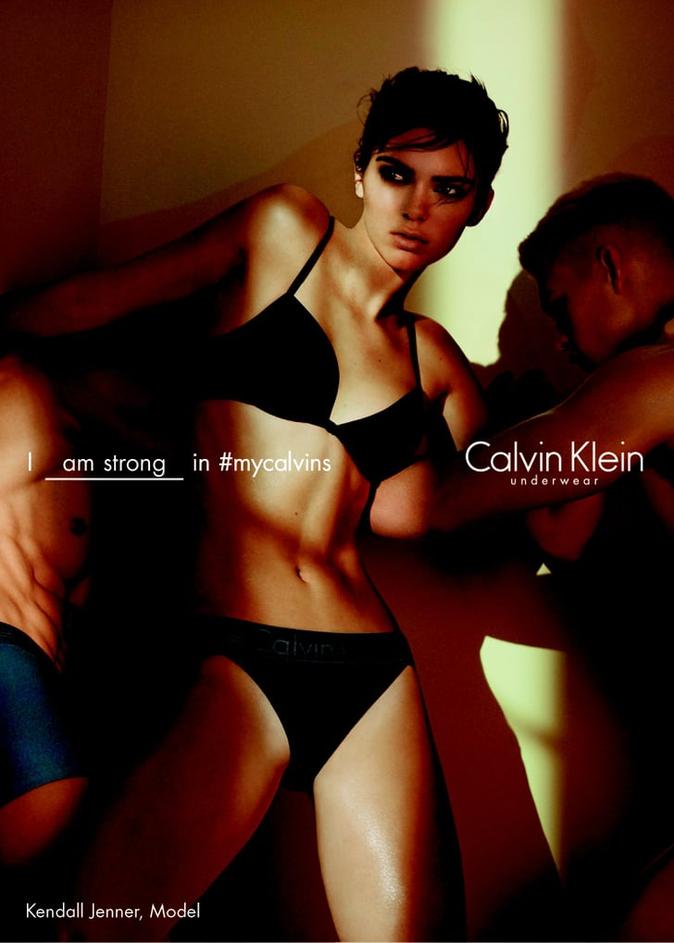
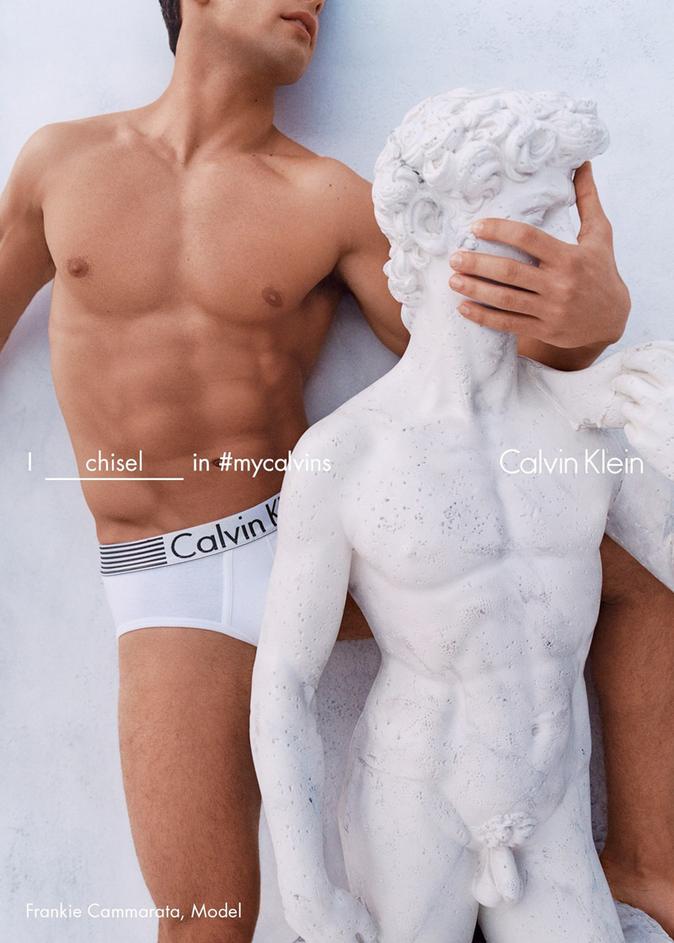
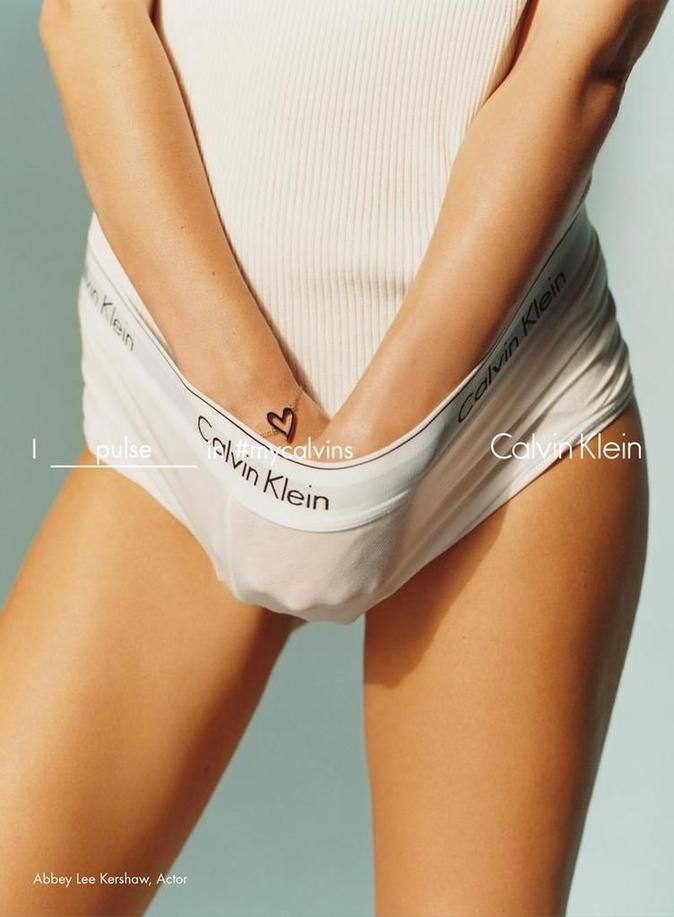
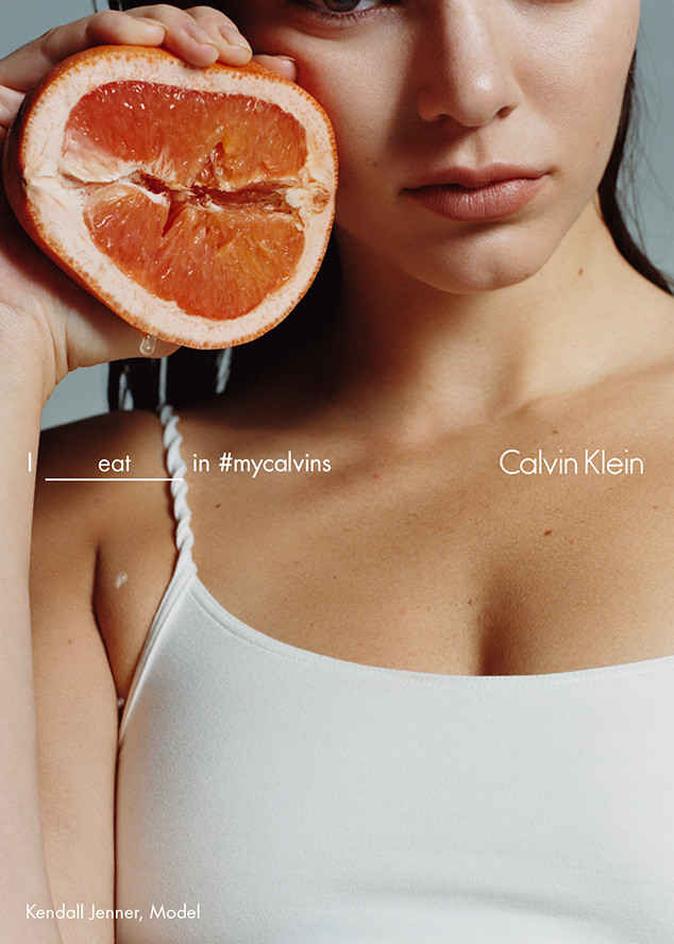
Above: the controversial 2016 spring campaign.
Possibly they would get away with it, just four years ago, they had more controversy when many argued they were reducing women to sexual objects again. Danish actress Klara Kristin stood over the camera, showing straight up her skirt with the tagline “I flash in #myCalvins,” but then had Fetty Wap pose just with the tagline “I make money in #myCalvins.” Too many saw this contrast be too dire to not think it was intentional, showing the man as a money maker and the women as a throw away. Yet the company didn’t take a hit and to this day people still shop from them.
But then is ‘sex sells’ just as arguably empowering? In an age of women taking control of their own bodies is it good to see women being sexual in adverts without men surrounding her?
Seeing women’s bodies being celebrated, whether this be with an innuendo grapefruit or with her hands down her briefs, in a sense it is empowering. In a society where most men probably don’t even think women think sexual, unless it involves them or another man, is it not good to have a brand pushing for solo female sexuality? Letting women own themselves and their sexuality.
I don’t think there will ever be a yes or no answer to whether sex sells works and is morally right. But there’s a confidence to be found within sex and if done right these adverts that use sex appeal can be a modern way to celebrate beauty.
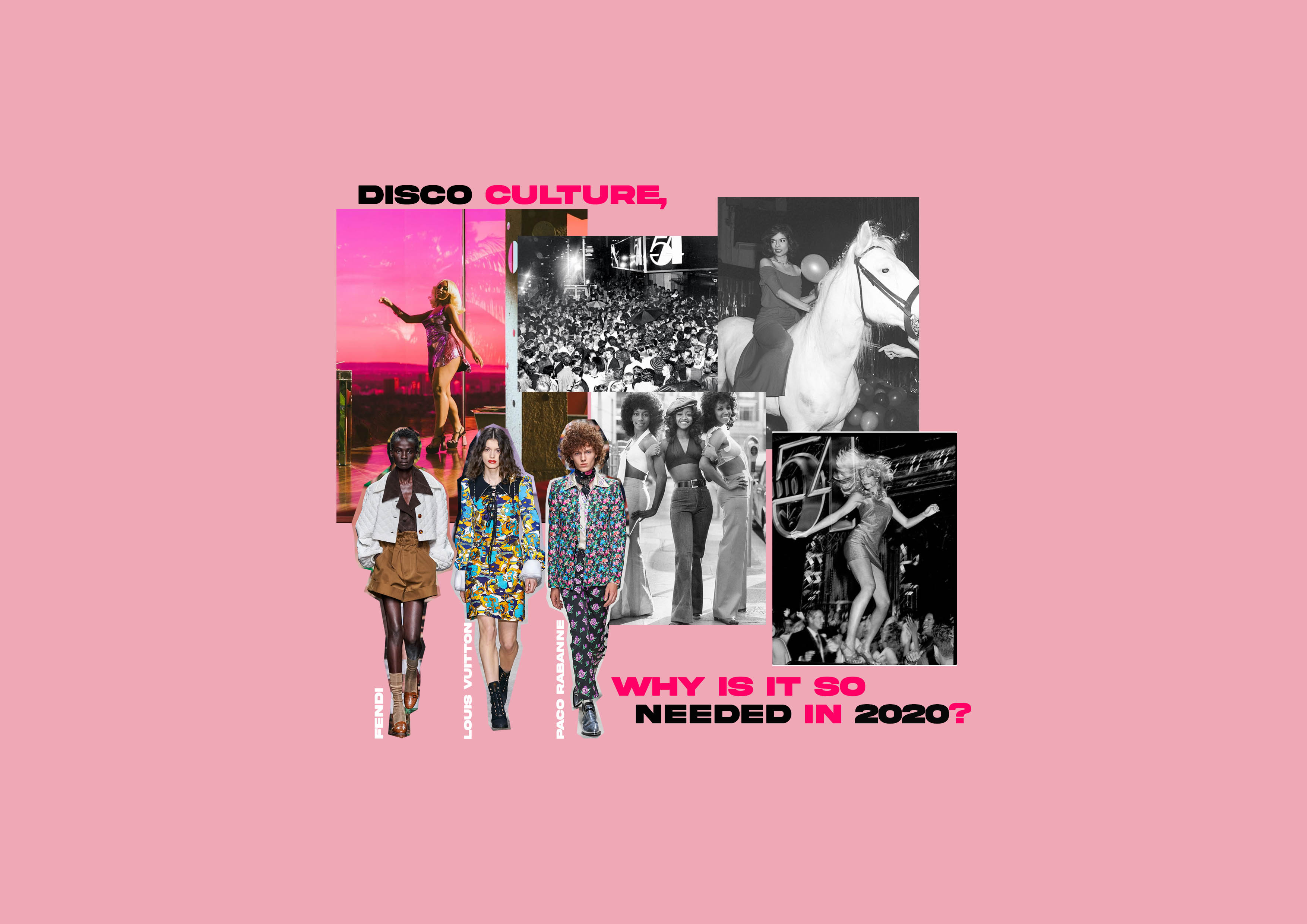
The beginning of the late 1960s saw a new wave of beat-driven dance music. This was disco, the name deriving from French word discotheque. At first disco music found popularity in underground clubs, where DJs would play the music for their mostly African American, gay and Latino audiences. The popularity rose in the mid-70s and was a main attraction within a widespread of clubs, then even began playing on the radios.
Within the clubs the heavy electric bass line and steady beat of disco music would be loud, along with flashy lights and bold colours filling the space. Dancing was influential in past decades however, disco brought on a change. Before women and men could only dance together, which sounds absurd. But due to wanting to focus on the DJ’s music, individuals would go on the dancefloor solo, having freedom in their expression of dance and being part of a crowd.
People found a home in disco as it was a place for minorities to be who they truly are and to feel free doing so. No matter if you were LGBTQ+, African American, Latino and so on, this did not matter, you could find a home in disco, even in you faced prejudice in everyday society.
In 2020 when the world is full of uncertainty, crowds can’t meet and we’re constrained to our houses, it’s difficult to obtain this feel-good attitude that disco adopted. Especially with the absence of clubs, parties and dancing. However, this is why it’s so needed. There’s a desperate need for reassurance. Society needs a lift and today’s leading pop girls of the industry are helping to do that.
English singer, Dua Lipa released her second studio album Future Nostalgia, while it was announced at the start of the year it sadly got released during lockdown. Although, parties can't currently happen the disco inspired songs still manage to transport you to the club in your mind. Her music videos kept with this inspiration, they were full of dancing, glittery dresses and lively colours. Even releasing a remix album titled Club Future Nostalgia alongside, this featured remixes and collaborations from Madonna, Missy Elliot and Gwen Stefani.
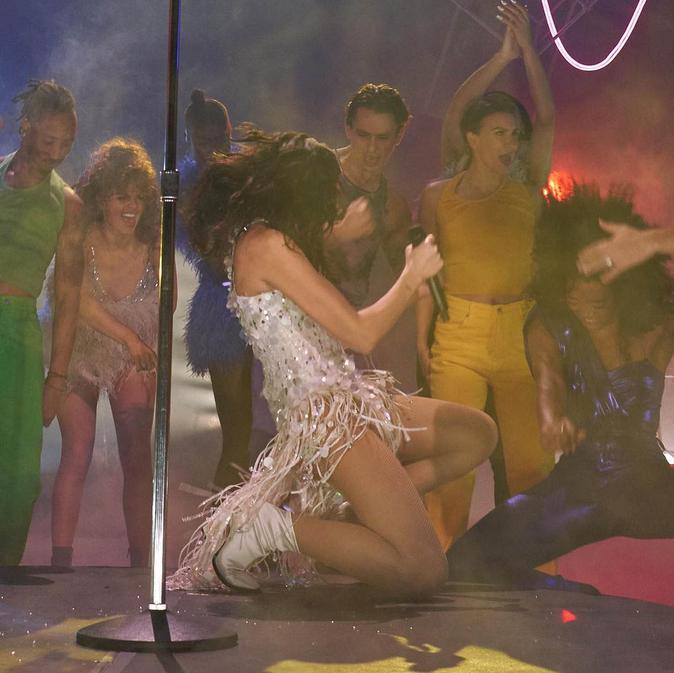
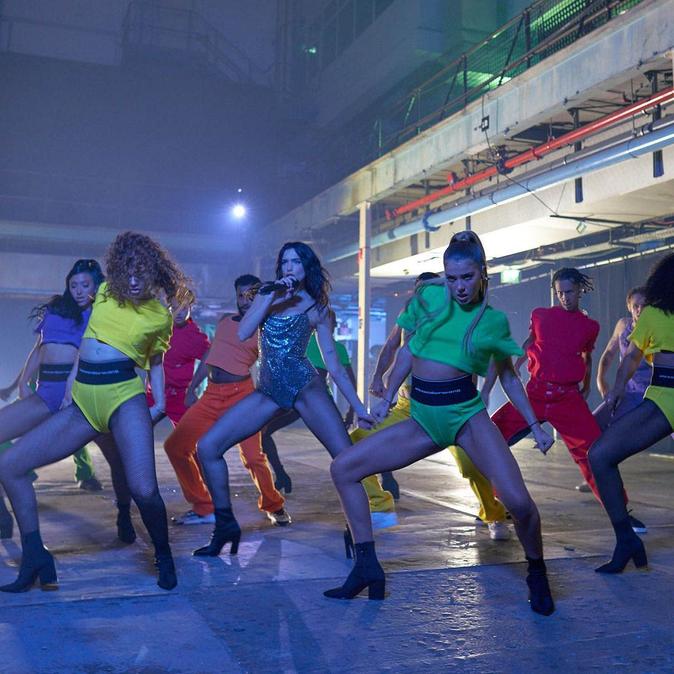
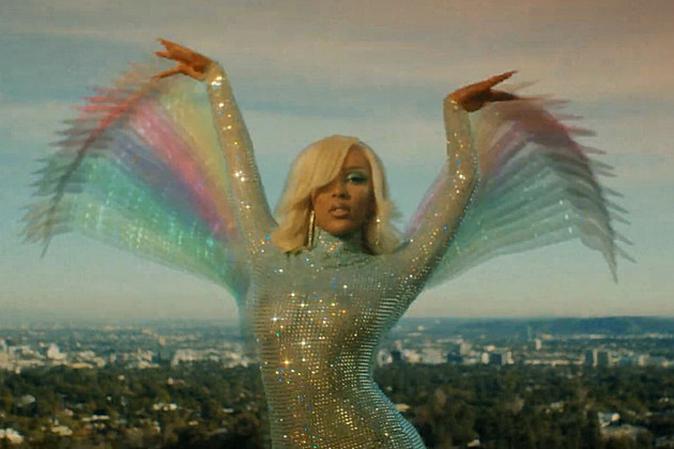

ABOVE: LEFT IS DUA LIPA'S STUDIO 2054 AND RIGHT IS DOJA CAT'S SAY SO MV
She went as far as to show us we can still have the disco fun from our houses, holding a virtual concert titled Studio 2054. This was inspired by Studio 54, which was a legendary disco nightclub. Lipa had physical guest appearances from FKA Twigs and Kylie Minogue. However, digitally had Elton John and Bad Bunny perform. Her outfits were spectacular for the event keeping with the disco theme, skin-tight and dripping in sequins and glitter. Overall, she gathered 5 million worldwide viewers, transporting them from their homes into a parallel world that has no pandemic and is just full of disco.
Studio 54 acted as a safe space for communities. This was the must go to club of the 1960s, celebrities from Diana Ross to Bianca Jagger, who famously strolled in on a white horse, would attend. Queues went for miles to get in and although it was initially a scene for minorities there would still be white, heterosexual suburban Americans who would attend as it was seen as sophisticated and the must place to be. The atmosphere was ethereal, like a weight was lifted off everyone there. Due to this there was a huge sex and drug atmosphere inside.
Arguably you could live whatever identity you wanted. People would express themselves through their clothes, with glamour and drama. Extravagance and flamboyance were a must within disco, dancers often painting themselves or covering themselves in glitter. Today the disco subculture may be an amazing party costume but the clothing from this time has left an impact people may not realise. For instance, trends that we constantly see reappear in our current society are wrap dresses, flared trousers, boob tubes and platform shoes, these are all from the 1970s disco era.
The SS20 collections also saw a return of the exaggerated collar, which was another huge characteristic of disco fashion. The collections in particular were Louis Vuitton, Fendi and Paco Rabbanne, apart the exaggeration of the collar the collection also featured metallic, heavily patterned and brightly coloured fabrics. This flamboyance was key to disco fashion as not only were the clubs and music an escape but the fashion too.
Another pop girl transporting us this year was American singer and rapper Doja Cat, with the music video release of her viral song Say So. It was in this video were she takes us to 70s L.A. in her slinky, sparkly backless dresses, where she lusts over her repairman. She later meets him again at a disco club where she channeled her Bianca Jagger and walks in with a tiger on a leash. Everyone breaks out in dance; the party carries on and the lights twinkle. This music video caught major attention due to the beautiful imagery.
The Say So dance went viral on TikTok, many dressing themselves up like they were going to the disco, even if they were just stood dancing to the phone camera in their bedroom. The way 2020 has gone people should do more of this. Put on Future Nostalgia, get glammed up, put your hot pants on and dance in your back garden. Disco brings a freeing feeling and this will never change, it acts as a medicine for the boredom and uncertainty that many of us will be feeling this year.
